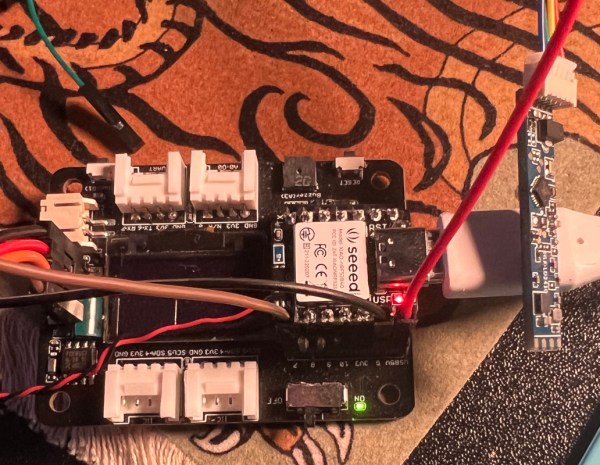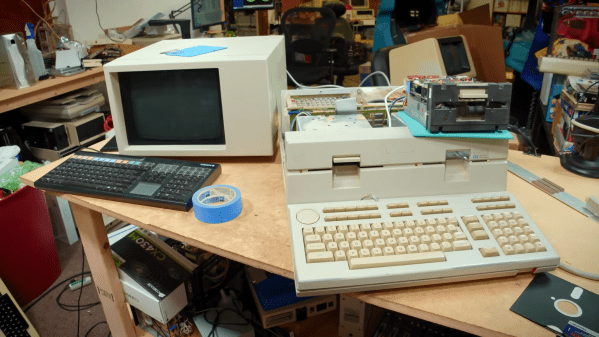We’re used to there being an array of high-end microprocessor architectures, and it’s likely that many of us will have sat in front of machines running x86, ARM, or even PowerPC processors. There are other players past and present you may be familiar with, for example SPARC, RISC-V, or MIPS. Back in the 1990s there was another, now long gone but at the time the most powerful of them all, of course we’re speaking of DEC’s Alpha architecture. [JP] has a mid-90s AlphaStation that doesn’t work, and as part of debugging it we’re treated to a description of its unusual boot procedure.
Conventionally, an x86 PC has a ROM at a particular place in its address range, and when it starts, it executes from the start of that range. The Alpha is a little different, on start-up it needs some code from a ROM which configures it and sets up its address space. This is applied as a 1-bit serial stream, and like many things DEC, it’s a little unusual. This code lives in a conventional ROM chip with 8 data lines, and each of those lines contains a separate program selectable by a jumper. It’s a handy way of providing a set of diagnostics at the lowest level, but even with that discovery the weirdness isn’t quite over. We’re treated to a run-down of DEC Alpha code encoding, and should you have one of these machines, there’s all the code you need.
The Alpha was so special in the 1990s because with 64-bit and retargetable microcode in its architecture it was significantly faster than its competitors. From memory it could be had with DEC Tru64 UNIX, Microsoft Windows NT, or VMS, and with the last of which it was the upgrade path for VAX minicomputers. It faded away in the takeover by Compaq and subsequently HP, and we are probably the poorer for it. We look forward to seeing more about this particular workstation, should it come back to life.


















